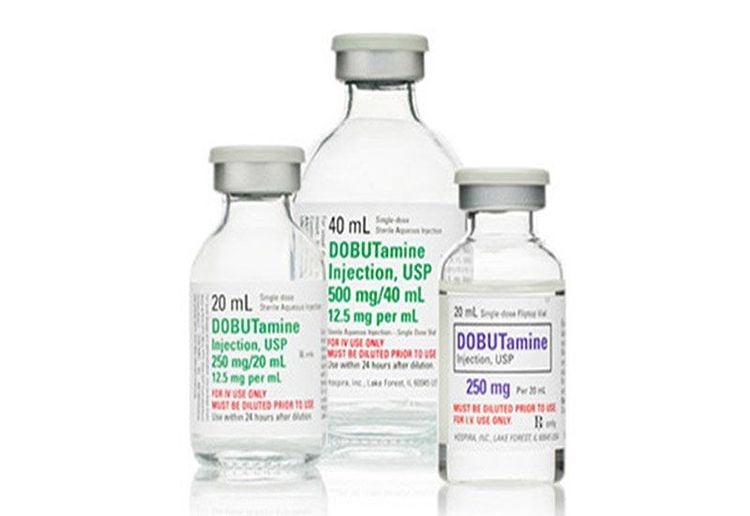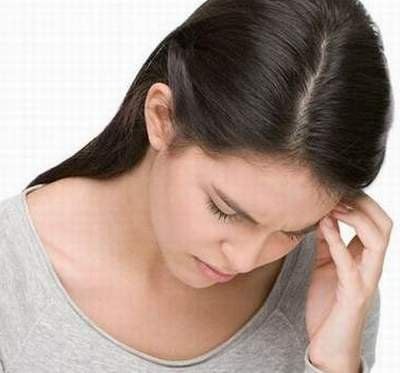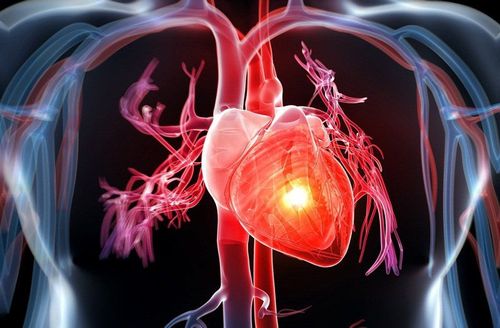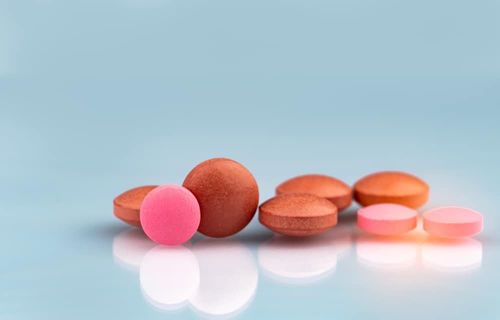This is an automatically translated article.
Hemodynamic disturbance is a common condition in many different situations such as shock, heart failure, myocardial infarction. These are all dangerous conditions that need to be treated promptly. The drug used to correct hemodynamic disturbances is a vasopressor.
1. What are vasopressors?
The main vasopressor is a vasoconstrictor. In order to properly administer vasopressors, a clear understanding of the role of hemodynamic parameters in specific clinical settings is essential. Also, the pharmacological effects of the intended vasopressor on hemodynamic factors are well known.
The most commonly used hemodynamic indices to assess clinical practice are: arterial blood pressure, pulmonary artery pressure, pulmonary artery pressure, central venous pressure (CVP), output cardiac, pulmonary vascular resistance, systemic resistance. These parameters are related to each other, which is expressed by the following formulas:
BP = Cardiac output x Vascular system resistance Cardiac output = Ejection volume x Heart rate BP = Volume ejection x heart rate x vascular resistance.
2. What is the purpose of using vasopressors?
Vasopressors are used for the following purposes:
To restore tissue perfusion and enhance oxygen distribution in patients in shock. To raise the mean blood pressure, thereby enhancing the perfusion of the viscera and preserving the cardiac output, helping to perfuse the viscera. To maintain an average blood pressure of 65-85 mmHg increases cardiac index and stroke volume without affecting oxygen consumption and metabolic acidosis.

Thuốc vận mạch giúp cung cấp đủ máu và nâng huyết áp ở mức trung bình
3. Vasopressor drugs
To facilitate clinical use, vasopressors can be classified based on their primary vascular, cardiac, or both effects.
3.1. Vasoconstrictor 3.1.1 Noradrenalin The main effect is strong vasoconstriction, so before using it, it is necessary to compensate for enough circulating volume to avoid the risk of causing excessive vasoconstriction, which will result in decreased muscle perfusion. organs, especially the brain and kidneys. Noradrenalin also has the effect of increasing myocardial contractility. But the most prominent effect is still vasoconstriction. Therefore, noradrenalin combination should only be used in cases of vasodilatation with excessive vasodilation after the use of other vasopressors is ineffective, especially in septic shock. Noradrenalin causes less increased heart rate and arrhythmia than adrenaline. 3.1.2 Adrenalin The effect of adrenaline is mainly dose dependent. Adrenalin is the main drug in the emergency treatment of anaphylaxis because it has vasoconstrictor effects, reduces vascular permeability, increases myocardial contractility, especially it also has bronchodilator and antispasmodic effects in shock. anaphylaxis and is used in cases of malignant asthma. The drug has a risk of causing increased heart rate and arrhythmias. However, the drug is still highly effective when used in combination with Dopamine in cases where this drug cannot restore optimal blood pressure due to the advantage of significantly increasing peripheral vascular resistance. With the characteristics of increasing myocardial contractility, increasing conduction and effects on peripheral vessels, adrenaline is a drug used in emergency cardiac arrest to restore cardiac activity. Caution should be exercised when used in patients with coronary insufficiency. 3.1.3 Dopamine The effect of Dopamine depends on the dose:
With a dose of 2 - 4 mcg/kg/min: Dopamine has the effect of dilating the renal vessels, increasing the glomerular filtration rate, increasing sodium excretion and volume. urine. With doses from 5 to 10 mcg/kg/min: Dopamine has the effect of increasing myocardial contractility. With a dose of 10 - 15 mcg/kg/min: Dopamine has the effect of increasing myocardial contractility, moderate vasoconstriction. With dose > 15 mcg/kg/min: Dopamine has the main effect of strong vasoconstriction, at the same time there is a risk of increased heart rate, ventricular arrhythmia like adrenaline. 3.2. Dobutamine drugs Dobutamine drugs have the main effect of increasing myocardial contractility, reducing ventricular filling pressure, reducing pulmonary capillary pressure when this pressure is high, seen in heart failure without hypotension. pressure. Drugs that reduce compensatory vasoconstriction secondary to vasodilation, reduce afterload, and therefore have no effect on raising blood pressure. Therefore, in the case of heart failure patients with low blood pressure, it is necessary to combine with Dopamine to achieve a better effect of increasing blood pressure.

Dobutamin được sử dụng trong trường hợp suy tim không tụt huyết áp
3.3. Isuprel This is a synthetic catecholamine. Currently, drugs are rarely used to raise blood pressure because of the risk of ventricular arrhythmias, excessive oxygen consumption and vasodilation. The drug is used only in cases of atrioventricular conduction disturbances, bradycardia.
4. General principles when using vasopressors
When the use of vasopressors is indicated, it is necessary to evaluate the hemodynamic status of the patient to see which type of hemodynamic disorder is in order to choose the appropriate drug such as:
In heart failure: Using effective drugs mainly increase myocardial contractility. In shock: Use drugs that act on the myocardium and peripheral vasoconstriction. At the same time, it is necessary to explore and evaluate hemodynamic parameters to adjust the drug dose appropriately.
When using vasopressors, always start with a low dose, then gradually increase the dose according to the patient's response to achieve systolic blood pressure ≥ 90 mmHg or mean BP ≥ 70 mmHg and urine 0.5 ml/kg /H.
During the use of vasopressors, it is necessary to closely monitor the clinical response of the patient. If the effect is not achieved, the patient's condition must be re-evaluated to adjust accordingly. If the effect is still not achieved after that, it is necessary to change the drug or combine it with other vasopressors.
Absolutely do not stop or reduce the dose of vasopressors suddenly, but gradually reduce the dose before stopping.
The use of vasopressors in cases of shock, heart failure, myocardial infarction is very important. However, it is necessary to evaluate the patient's condition specifically to choose the appropriate drug. Regardless of the type of drug used, it is necessary to adhere to the general principles when using vasopressors mentioned above.
Please dial HOTLINE for more information or register for an appointment HERE. Download MyVinmec app to make appointments faster and to manage your bookings easily.













